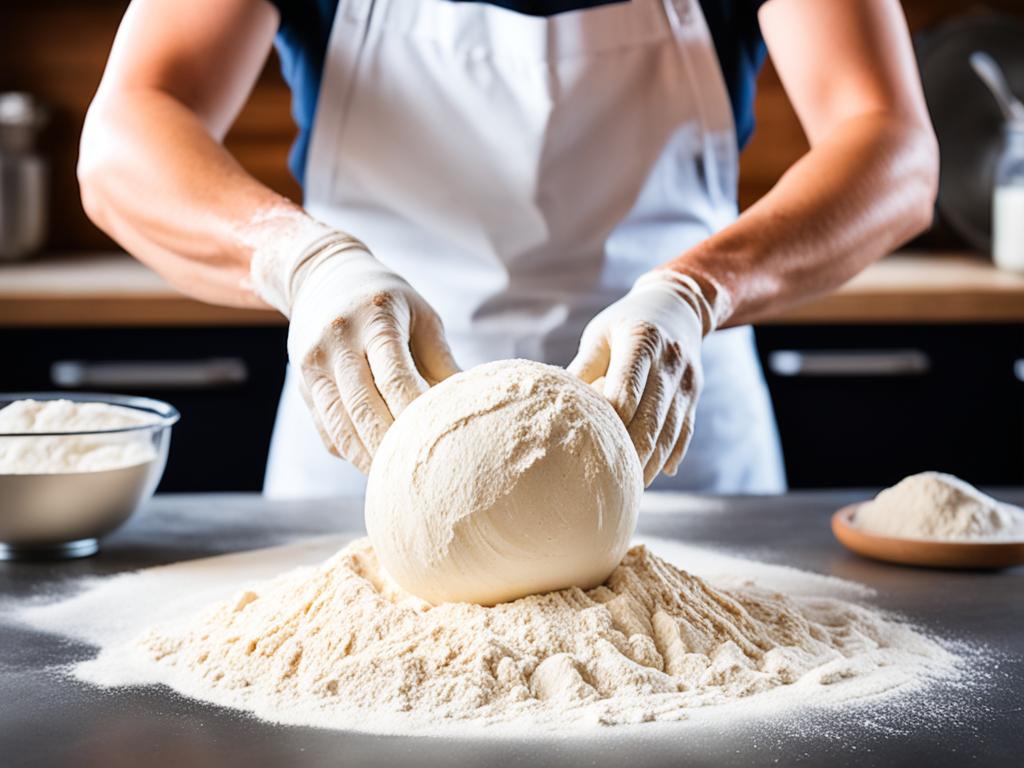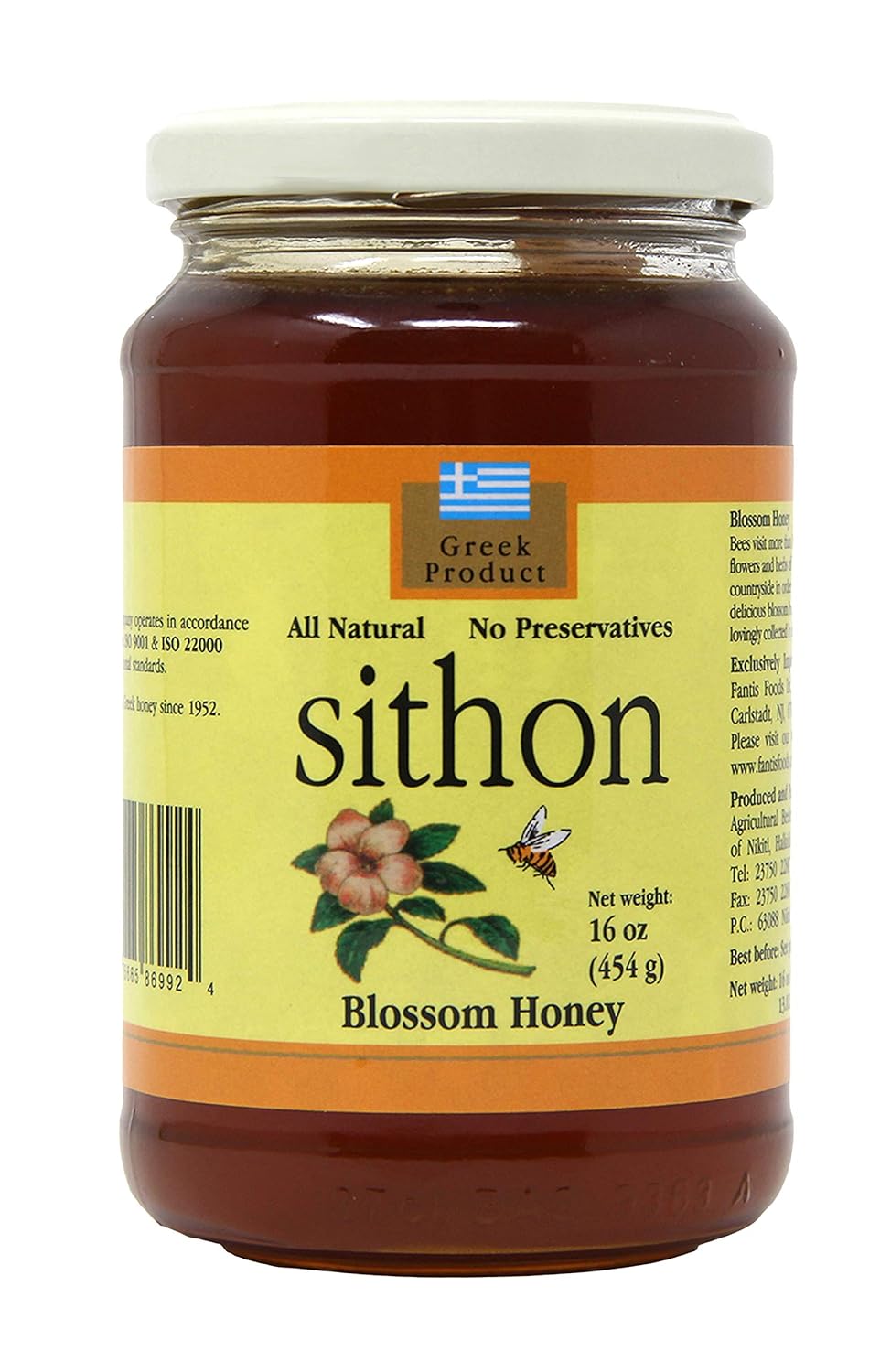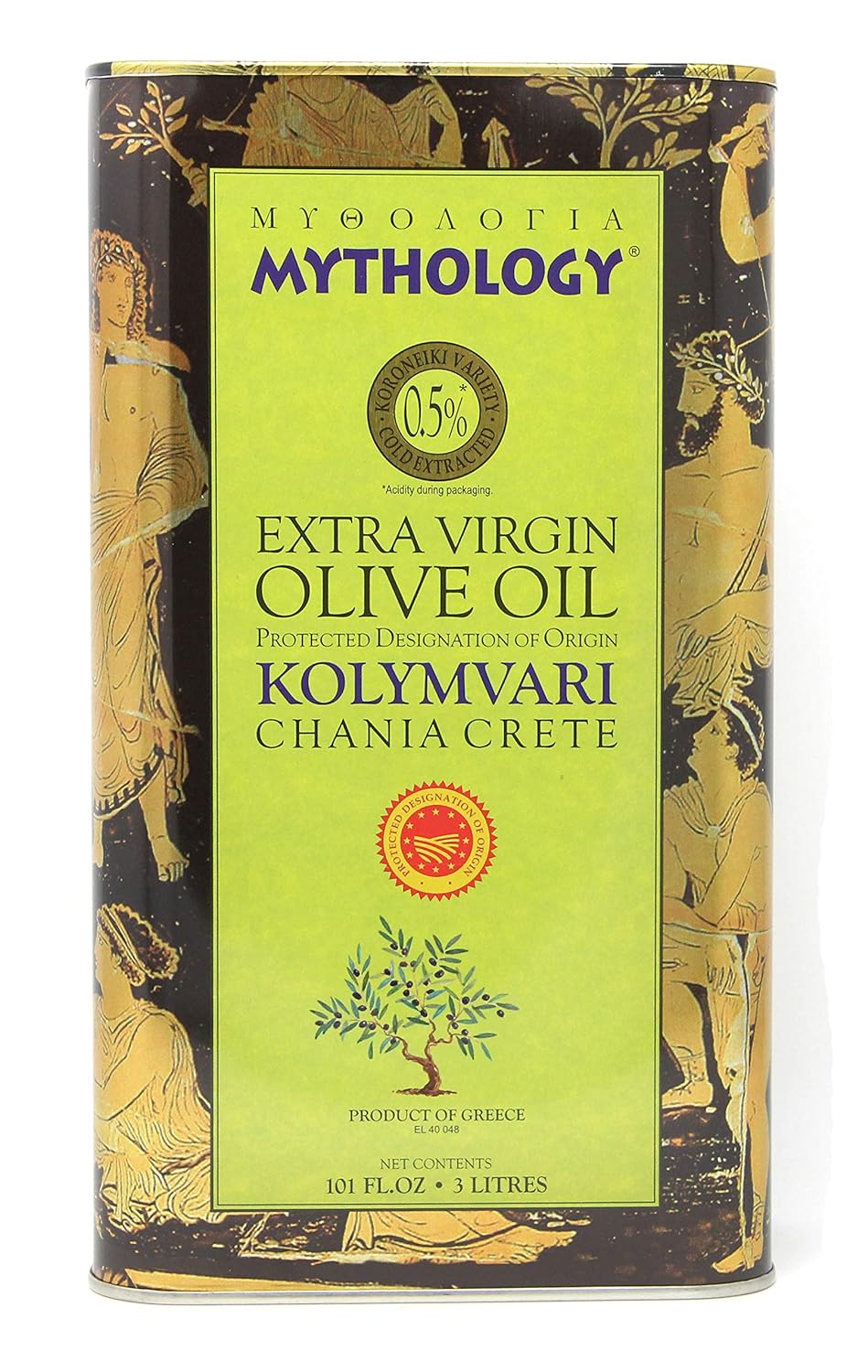Have you ever wondered what separates the perfect, chewy homemade bread from the store-bought variety? The answer lies in the art of kneading and proofing your dough. Whether you’re a seasoned baker or just starting your culinary journey, this guide will unlock the secrets to crafting delectable homemade dough, from fluffy sandwich loaves to crisp pizza crusts and tender pastries.
But do you know the key role that kneading plays in developing the structure and texture of your baked goods? Discover the science behind this essential step and learn how to master various hand-kneading techniques to achieve the perfect dough consistency every time.
Key Takeaways:
- Understand the importance of kneading for bread structure, gluten development, and desired texture and rise.
- Learn various hand-kneading techniques, including the cutting method for wet doughs, the classic slap and fold approach, and one-handed kneading for sticky doughs.
- Discover the role of temperature and humidity in creating the perfect proofing environment for your dough.
- Explore the differences between kneaded and no-knead bread recipes and when to choose each method.
- Troubleshoot common kneading issues, such as sticky dough and over- or under-kneading.


Understanding the Importance of Kneading
Kneading is a crucial step in bread baking, as it incorporates air into the dough and develops the gluten strands, building structure and strength. Without proper kneading, the bread will not rise as high and will have a dense, crumbly texture.
Why Kneading Matters for Bread Structure
Kneading encourages the proteins in the flour and moisture in the dough to link together, forming a strong gluten network. This gluten structure allows for the trapping of gases, enabling the bread to rise up high and achieve a chewy, delicious texture.
The Role of Gluten Development
Properly kneaded dough promises a softer, fluffier, taller, and chewier bread. Kneading helps to develop the gluten and create a strong structure that can support the rise and expansion of the dough during baking.
Achieving the Desired Texture and Rise
Kneading is essential for achieving the desired texture and rise in homemade bread. Properly kneaded dough results in a taller, fluffier loaf with a soft and chewy crumb, while improperly kneaded dough can lead to a dense, crumbly, and squat final product.
Mastering Hand Kneading Techniques
For the home baker, mastering the art of hand kneading can be a rewarding and essential skill. Whether you’re working with a high-hydration dough or a sticky, challenging mix, there are several techniques you can employ to achieve the perfect kneaded texture.
The Cutting Method for Wet Doughs
For high-hydration doughs that are too sticky to knead traditionally, the cutting method can be a game-changer. This technique involves cutting the dough into strips with a bench knife or dough scraper, which helps the flour fully hydrate and develops the gluten structure without the need for added flour.
Slap and Fold: A Classic Kneading Approach
The “slap and fold” technique, also known as the “French method” of kneading, involves picking up the dough, letting it hang, and then gently slapping it onto the work surface before folding it over. This motion helps to stretch and align the gluten strands, creating a smooth and cohesive dough.
One-Handed Kneading for Sticky Doughs
For particularly sticky or high-hydration doughs, a one-handed kneading method can be more effective. This involves holding the dough in one hand and using a bench knife or dough scraper in the other hand to scoop, slap, and fold the dough, keeping the work surface less sticky.
The Power of Folding Dough
Folding the dough at regular intervals during the bulk fermentation process is a powerful technique for continuing to develop the gluten structure. The stretching and folding motions gently strengthen the dough, creating a more airy and well-structured crumb.
Strengthening the Dough Structure
The periodic folding of the dough helps to align and strengthen the gluten strands, enhancing the overall structure and texture of the final bread. This technique is particularly useful for high-hydration doughs, where the folding action can transform a very wet and slack dough into a beautifully structured loaf.
Timing and Frequency of Folds
The number and frequency of folds can vary depending on the recipe, but the underlying principle remains the same: periodic folds, whether done in the bowl or on the work surface, can transform a very wet dough into a wonderfully airy and strong final product. Typically, 10 to 12 strokes are recommended for folding the dough during the first hour of fermentation, and 1 hour or more is suggested for the dough to relax and renew its gassy structure after folding.
Kneading vs. No-Knead Breads
In the world of homemade bread, there are two distinct approaches that have gained popularity: the traditional kneading method and the hands-off no-knead technique. Understanding the differences between these two methods can help bakers determine which approach best suits their needs and preferences.
Understanding the Differences
Some bread recipes, such as no-knead breads, use a very wet dough and a slow-rise method, allowing for fermentation to occur as the dough rests. These no-knead breads do not require traditional kneading, as the long fermentation time helps develop the gluten structure. The result is a rustic, artisanal-style bread with a crisp crust and an open, irregular crumb.
When to Choose Each Method
Kneaded breads, whether by hand or with a stand mixer, are better suited for achieving a soft, fluffy, and high-rising loaf. The kneading process helps develop the gluten strands, creating a structure that can support the dough’s rise and expansion during baking. This method is particularly well-suited for sandwich breads, pizza doughs, and enriched pastries, where a tender, uniform crumb is desired.
On the other hand, the no-knead approach is an excellent choice for bakers who prefer a more hands-off approach or are working with high-hydration doughs. The long, slow fermentation time allows the gluten to develop naturally, resulting in a bread with a unique, artisanal character and a beautiful, irregular crumb structure.
Troubleshooting Common Kneading Issues
Navigating the world of homemade doughs can sometimes present challenges, but with the right techniques, you can overcome even the stickiest situations. When working with a very sticky or high-hydration dough, techniques like the cutting method and one-handed kneading can be incredibly helpful. Avoid the temptation to add too much additional flour, as this can lead to a dry or dense final product. Instead, focus on keeping your hands and work surface lightly floured to manage the consistency.
Dealing with Sticky Dough
Proper kneading is essential for developing the gluten structure in your dough, but it’s important to strike the right balance. Properly kneaded dough will feel smooth, elastic, and pass the windowpane test, where a small piece of dough can be stretched thin without tearing. On the other hand, underworked dough will appear lumpy and tear easily, while over-kneaded dough can become tough and dense.
Avoiding Over-Kneading or Under-Kneading
By understanding these common kneading issues and implementing the right techniques, you can ensure your homemade dough reaches its full potential, resulting in light, airy, and beautifully-textured breads, pizzas, and pastries.
Homemade Dough for Various Bread Types
When it comes to homemade dough, the key to success lies in understanding the unique needs of different bread types. From the soft, pillowy sandwich bread to the chewy and elastic pizza dough, the art of kneading plays a crucial role in shaping the final outcome.
Sandwich Bread Dough
Sandwich bread dough requires thorough kneading to develop a soft, pillowy texture and the ability to hold its shape when sliced. The gluten structure created through kneading is essential for this type of bread, ensuring a tender crumb that can support the weight of fillings without falling apart.
Pizza Dough
Pizza dough benefits immensely from kneading, as it helps build strength and elasticity, allowing the dough to be easily stretched and shaped without tearing. The kneading process is instrumental in creating the desired chew and texture in the final baked crust, resulting in a delightful dining experience.
Enriched Doughs for Pastries
Enriched doughs, such as those used for pastries and brioche, contain additional fats and sugars that can create a richer, more indulgent texture. In these cases, kneading is crucial for developing the gluten structure and achieving the desired soft, tender crumb that sets these baked goods apart.


Essential Tools for Kneading Dough
When it comes to mastering the art of homemade dough, having the right tools in your baking arsenal can make all the difference. From managing sticky situations to ensuring a perfectly-structured bread, the essential tools for kneading dough are the unsung heroes in every home baker’s kitchen.
Bench Scrapers and Dough Cutters
For bakers working with high-hydration doughs, bench scrapers and dough cutters are invaluable tools. These versatile implements can help you manage sticky situations, scrape the work surface clean, and even cut the dough during the kneading process. Their sharp edges and rigid construction make them indispensable for taming those tricky, high-moisture doughs.
Stand Mixers vs. Hand Kneading
While stand mixers with dough hooks can certainly handle the kneading process, many seasoned bakers prefer to knead by hand. This hands-on approach allows for a better feel of the dough, reducing the risk of over-kneading and providing a satisfying, stress-relieving experience. The connection between the baker and the dough can be a profound one, and hand kneading can be a therapeutic, meditative practice.
Preparing the Perfect Proofing Environment
The temperature and humidity of the proofing environment play a crucial role in the rise and development of the dough. Optimal conditions, typically around 75-85°F and 75-85% humidity, ensure the yeast can effectively ferment the dough.
Proofing Boxes and Alternatives
Proofing boxes or proofers provide a controlled environment for the dough to rise. For those without specialized equipment, alternatives like turning the oven light on, using the microwave with a cup of hot water, or placing the dough in a lightly warmed oven can create a suitable proofing space.
| Proofing Temperature | Proofing Time |
|---|---|
| 80°F (26°C) | 1 to 2 hours |
| 74 to 76°F (23-24°C) | 2 to 4 hours |
| 46°F (8°C) in a dough retarder | 6 to 8 hours |
| 39°F (4°C) in a home refrigerator | 10 to 16 hours |
The optimal temperature for dough fermentation ranges from 75°F to 78°F, while the Test Kitchen temperature for bread-making is 75°F and the home kitchen temperature is typically 63°F.


Shaping and Baking Homemade Dough
Techniques for Shaping Loaves
After the homemade dough has been kneaded and proofed, gentle shaping techniques like degassing, rolling, and tucking help create the desired loaf shape. Maintaining the dough’s structure and minimizing deflation are key during this shaping step. Different bread shapes, such as baguettes, boules, and pan loaves, each require specific techniques to achieve their unique characteristics.
Baking Tips for Perfect Crusts
Factors like oven temperature, baking time, and steam or misting the oven can all contribute to the development of a beautifully crisp, golden crust on homemade breads. Monitoring the baking process and making adjustments as needed ensures the best possible results. The shape and size of the loaf also play a role in crust formation, with smaller buns or rolls generally baking faster than larger loaves.
Flour Selection for Homemade Dough
When it comes to creating delicious homemade dough, the choice of flour is a crucial factor. Bread flour, with its higher protein and gluten content, is the preferred option for most bread recipes. This high-gluten flour produces a stronger, chewier texture, thanks to the well-developed gluten network. All-purpose flour, on the other hand, can also be used, but may result in a slightly less structured and lighter crumb.
Bread Flour vs. All-Purpose Flour
Bread flour typically contains between 12 to 14 percent gluten, while all-purpose flour ranges from 10 to 12 percent gluten. This difference in protein and gluten content can have a significant impact on the final texture and structure of the baked goods. Bread flour is ideal for creating a sturdy, chewy loaf, while all-purpose flour may produce a softer, more delicate crumb.
Exploring Alternative Flours
Beyond the traditional wheat-based flours, bakers can experiment with a variety of alternative options to add unique flavors and textures to their homemade doughs. Whole wheat flour, rye flour, and even gluten-free flours like almond flour or gluten-free flour blends can be used to create artisanal breads, pizza crusts, and pastries with distinctive characteristics. Blending these alternative flours with all-purpose or bread flour can also result in a delightful combination of nutty, grainy, and complex flavors.
Incorporating Homemade Dough into Recipes
Mastering the art of kneading and working with homemade dough opens up a world of possibilities. This versatile ingredient can be used to create a variety of breads, pizzas, pastries, and more, allowing home bakers to explore their creativity and produce delicious, homemade baked goods.
From Red Star’s Platinum Yeast to enhance oven spring, to techniques for determining the perfect rise time, the skills you’ve developed can be applied to a wide range of recipes. Whether you’re baking a classic sandwich loaf, crafting a chewy pizza crust, or whipping up a batch of flaky pastries, your newfound dough expertise will be the key to unlocking mouthwatering results.
Don’t be afraid to experiment and put your kneading prowess to the test. With a little practice and the right guidance, you can easily incorporate homemade dough into your baking repertoire, elevating your favorite recipes to new heights. Get ready to impress your family and friends with the irresistible aromas and textures of your homemade creations.
FAQ
Why is kneading important for bread structure?
How does kneading develop the gluten?
What techniques can be used for kneading sticky or high-hydration doughs?
How does folding the dough during fermentation benefit the gluten structure?
What are the differences between kneaded breads and no-knead breads?
How can you tell if dough has been properly kneaded?
How does kneading affect different types of dough?
What tools are useful for kneading high-hydration doughs?
What are the ideal conditions for proofing dough?
What factors contribute to the perfect crust on homemade breads?
How do different flours affect the texture and structure of homemade dough?






Online Store: This post contains affiliate links. If you use these links to buy something, we may earn a commission at no extra cost to you.


Grill Philosophy Greek Recipes and Grilling
YouTube Channel: Grill Philosophy Explore traditional Greek recipes and grilling techniques with Grill Philosophy on Cooking with Greek People.
Author: Bob
With over 20 years in Bioinformatics and AI in Molecular Diagnostics, Bob Stavrou advises BiCos, focusing on authenticating OLIVE OIL DNA. He's also a passionate contributor to YouTube Cooking with Greek People and appeared on Greek TV show Savvatokiriako Me Ton Manesi, bridging science and culinary arts. Watch it on Alpha TV.



